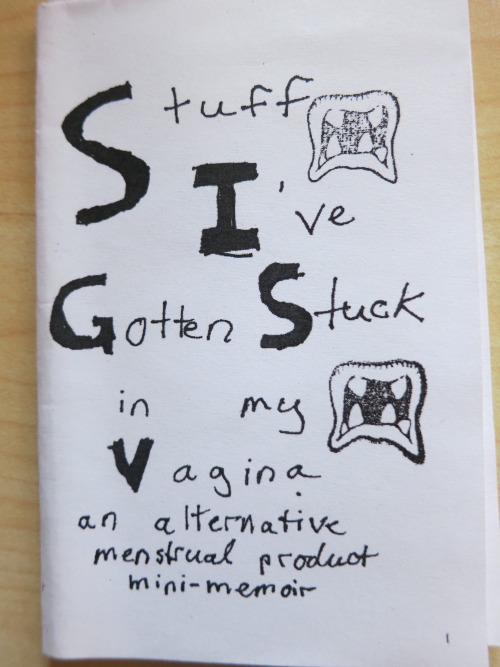Zine Union Catalog: What's Your Analog Doing in My Digital Humanities?
Presented at Bending the Archive: Zines, Preservation, & the Digital Humanities at the University of Wisconsin, Milwaukee
Presented at Bending the Archive: Zines, Preservation, & the Digital Humanities at the University of Wisconsin, Milwaukee
In completing my final project for my digital praxis class I finally came up with my personal definition of digital humanities.
I included it in the 32-page paper as this "reflective sidebar."
In the spirit of zine makers being people I know well, I would like to take a second to consider feelings. I wrote in my notes:
Zine Content Comparison
Introduction
As the curator and cataloger of a zine library with holdings going back to the early 1990s I am sometimes asked to comment on how zines have changed over time. I read and catalog zines out of time, as they rise to the top of the processing queue, which makes it hard to respond to that question with confidence, though I have my theories. My suspicion is that zine creators in the 1990s wrote more about sexual assault and critiqued capitalist systems of oppression more than their 2010s counterparts, who are more likely to write about mental health and friendship. My informed assumptions extend to the visual elements of the works, with 1990s creators working primarily, even exclusively, in black and white photocopies with photographs, reproduced zine ads, hand drawings, and riot grrrl fliers, as opposed to more sophisticated reprography, desktop publishing (InDesign, rather than Publisher or analog cut and paste).


I spent the last week as an editor-at-large on dh+lib: where the digital humanities and libraries meet.
